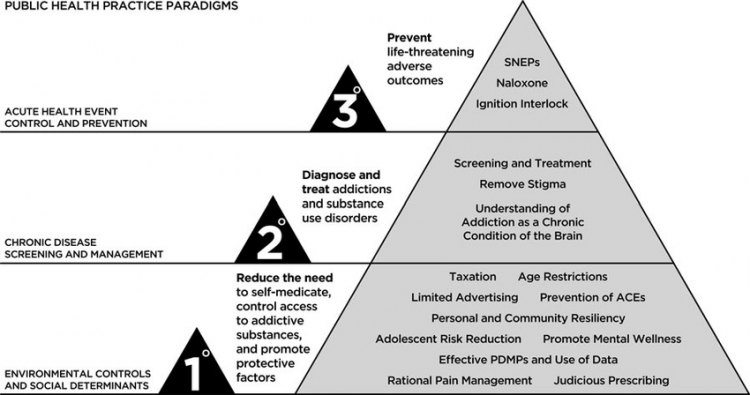SBIRT is a public health approach to screening patients for substance use issues. It is a three-step process that involves screening, brief intervention, and referral to treatment. SBIRT is important because it can help identify patients who are at risk for substance abuse and provide them with the resources they need to get help.
What is SBIRT?
It is a public health approach to screening patients for substance use issues. The three steps of SBIRT are designed to identify patients who are at risk for substance abuse and provide them with the resources they need to get help.
Screening for Substance Use Issues
The first step of SBIRT is screening. Bizpedia screening is designed to identify patients who may be at risk for substance abuse. There are many ways to screen, but some common methods include asking about drug use in general medical history forms and using standardized questionnaires.
Brief Intervention for Patients Who Screen Positive
The second step of SBIRT is a brief intervention. Brief intervention is designed for patients who screen positive. Brief interventions are short, typically 5-15 minutes long, and focused on helping the patient make changes in their behavior.
During a brief intervention, the healthcare provider will discuss the risks of continued substance use with the patient and provide resources and support to help the patient make changes in their behavior.
Referral to Treatment for Patients Who Need It
The third step of SBIRT is designed for patients who need more than just a brief intervention to change their behavior. Referral to treatment usually takes the form of a referral to a specialized program or outpatient treatment center.
How Can SBIRT Be Implemented in a Healthcare Setting?
SBIRT can be implemented in a healthcare setting by training healthcare providers on how to screen patients and providing them with resources to refer patients to treatment. It is also important to have policies in place that support the implementation of SBIRT in a healthcare setting.
Benefits of Implementing SBIRT in a Healthcare Setting
There are many benefits of implementing SBIRT in a healthcare setting, including early identification of patients at risk, reduced costs associated with treating substance abuse, and improved patient outcomes. Implementing SBIRT can also help reduce the stigma associated with seeking help for substance abuse.
The role of employee assistance program and health promotion
SBIRT is a comprehensive approach that includes screening patients for risk factors associated, providing brief interventions to those at risk, and referring them to treatment when necessary. The screening component of SBIRT allows healthcare providers to identify individuals who may be at risk for developing a substance use disorder.
The brief intervention component provides those at risk with information about the risks of substance abuse and encourages them to make changes in their behavior to reduce their risk. The referral to treatment component ensures that those who need it receive the appropriate level of care from a qualified provider.
SBIRT has been shown to be an effective tool in reducing the incidence of abuse and promoting recovery among those who are struggling with addiction. Healthcare settings that have implemented SBIRT have reported reductions in risky behaviors among their patients, as well as improvements in overall health outcomes.
Employees who have access to SBIRT through their employer’s assistance program are also more likely to seek help for issues and are more likely to remain abstinent from drugs and alcohol.
Conclusion:
SBIRT is an important public health approach to screening patients for substance use disorders. SBIRT can be implemented in a healthcare setting by training healthcare providers and providing them with resources to refer patients to treatment.
There are many benefits of implementing SBIRT such as early identification of at-risk patients, the reduced cost associated with treating disorders, improved patient outcomes, and reduced stigma associated with seeking help for disorders.

